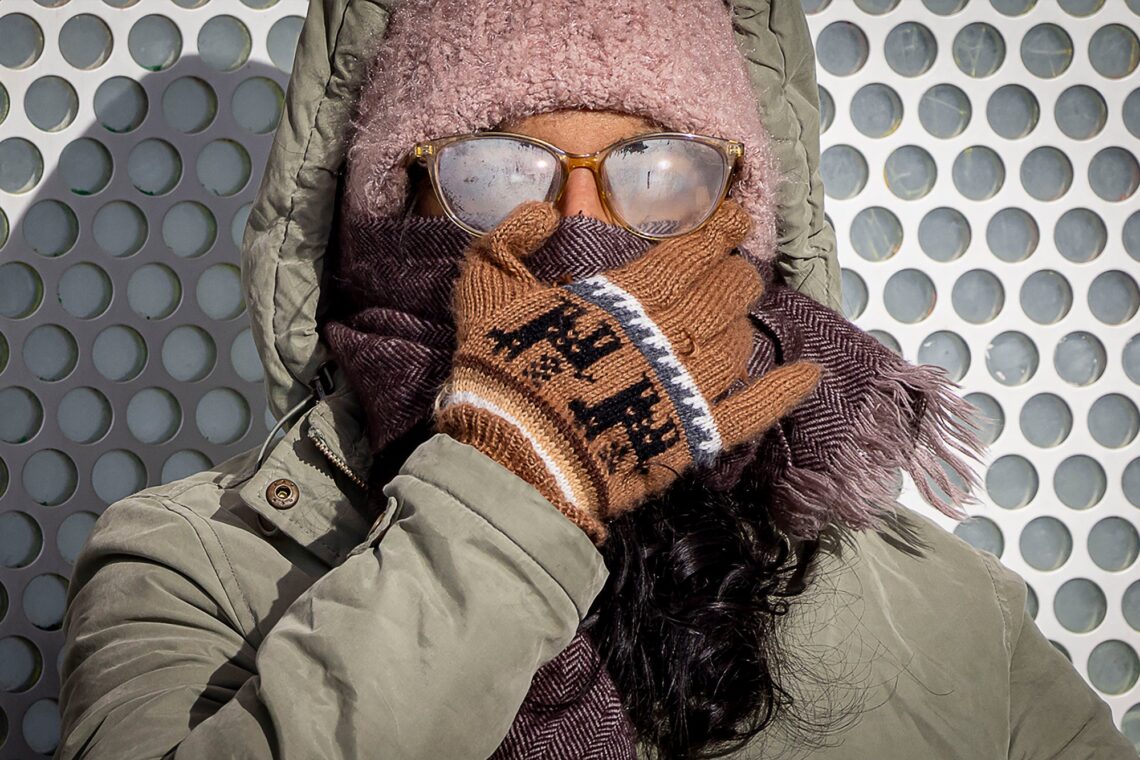A cold snap recently gripped the U.S., plunging many states into temperatures far below what is typical for an average winter. In Nashville, Tenn., readings plummeted to minus one degree Fahrenheit (–18 degrees Celsius), while Oregon declared a state of emergency as a severe ice storm caused lows in the teens and an uptick in weather-related deaths. In famously balmy Florida, thermometers dipped as low as 20 degrees F (–6.7 degrees C)—chilly enough to see cold-stunned iguanas falling from the trees and residents complaining on social media about the deep freeze. But rather than finding sympathy, people in the Sunshine State faced a barrage of jokes from across the Internet; what feels unbearably cold to Floridians may be nothing to, say, people from Minnesota.
Temperature may be an objective measurement, but our experience of it is not. Some surprising factors, including psychological and social ones, influence how we perceive temperature and why some places feel hotter or colder than others—even when the temperature outside is identical.
Humidity and wind chill are among the two most important factors that “can make an otherwise neutral temperature feel much hotter or colder than it is,” says James Shepherd, an atmospheric scientist at the University of Georgia. If it’s 70 degrees F (21 degrees C) but very humid, for example, the air can become so saturated that our sweat no longer evaporates, leaving us feeling more uncomfortably warm than if the air were dry. Hot air tends to contain more water molecules than cooler air, making this effect feel more extreme when temperatures soar, but it’s still possible to saturate cooler air—and enough moisture creates dew or frost. On cold, humid days, it’s important not to let that moisture come in contact with your skin, because body heat will be pulled out to warm the cold water. Wind can similarly snatch away our body’s warmth, making the air feel several degrees cooler. The recent wind chill in…
Read the full article here







